Leatherworking has always been a vitally important skill at Longchamp. From pipes and small leather goods to bags and luggage, Longchamp's savoir-faire and expertise is expressed through the mastery of the noble material that is leather. Longchamp found success as the first Maison to encase pipes in supple leather, allowing them to be customised and instilled with character. The ingenious and precise technique of covering with leather serves to create a moulded second skin for the item to offer protection. This almost fusional affinity is characteristic of all Longchamp leather goods. It brings emotion into one's relationship with the object, adding a personal and tactile dimension.
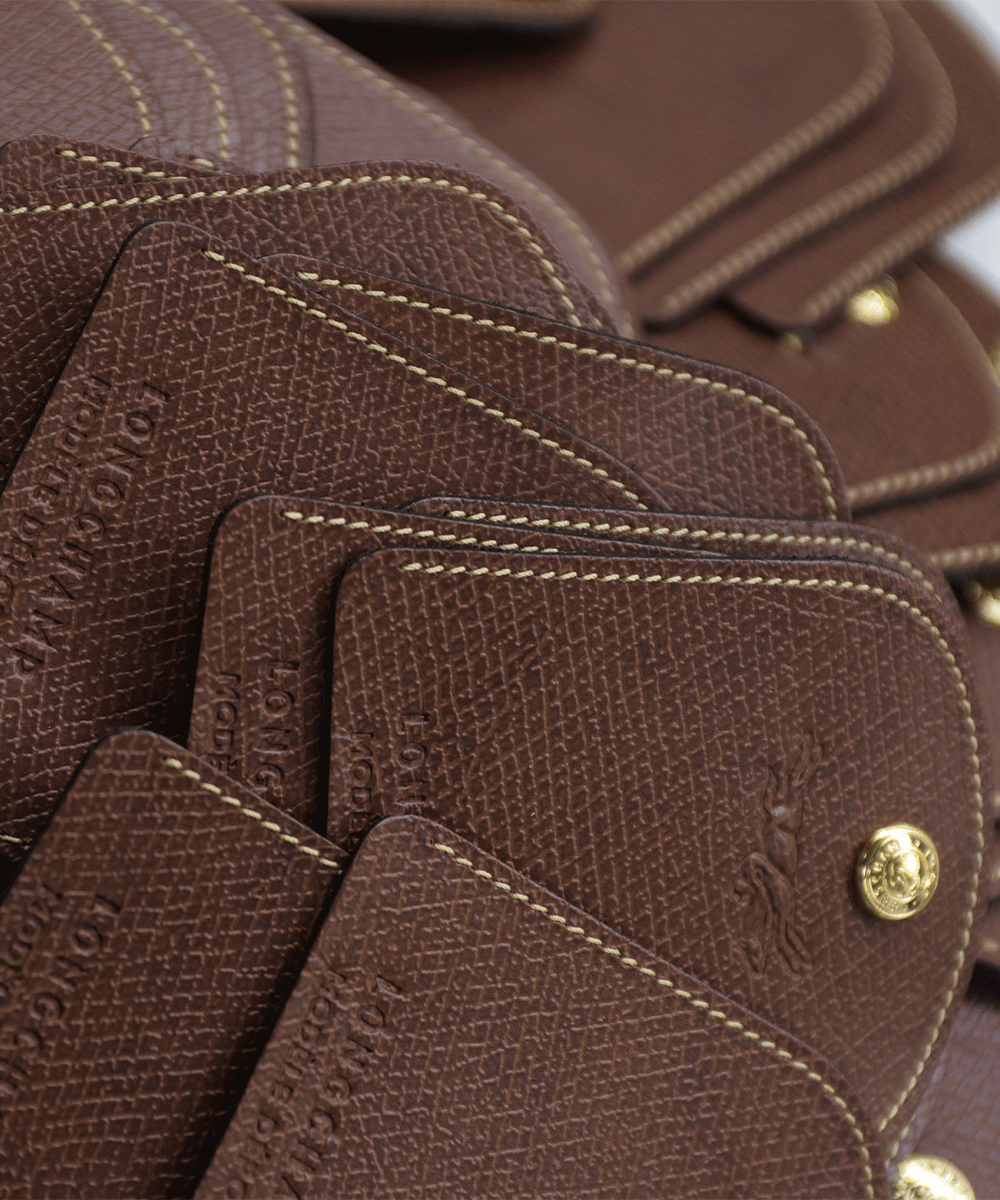
RUSSIAN LEATHER
Russian leather is an embossed cowhide leather used in the iconic Le Pliage line. Its diamond grain boasts an aged, patina effect that was inspired by Russian reindeer skins found on board a ship that sank two centuries ago. In 1973, some of the skins were salvaged and Longchamp was inspired to reproduce what has become the signature leather for the Le Pliage range since 1993.
DRUMMED LEATHER
The calfskin leather used in the Foulonné line is instantly recognisable by its drummed grain, combining authenticity with elegance. A true Maison signature since the 1970s, this leather can be found on luggage and handbags in refined designs that respect the tradition and craftsmanship of Longchamp.
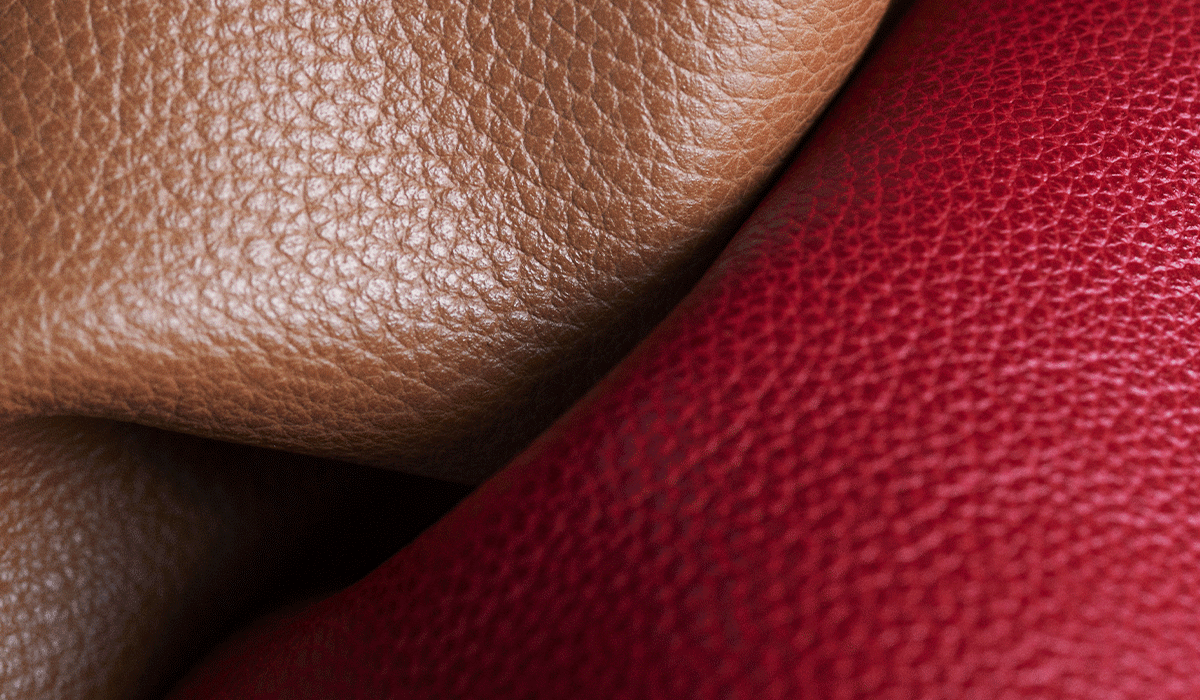
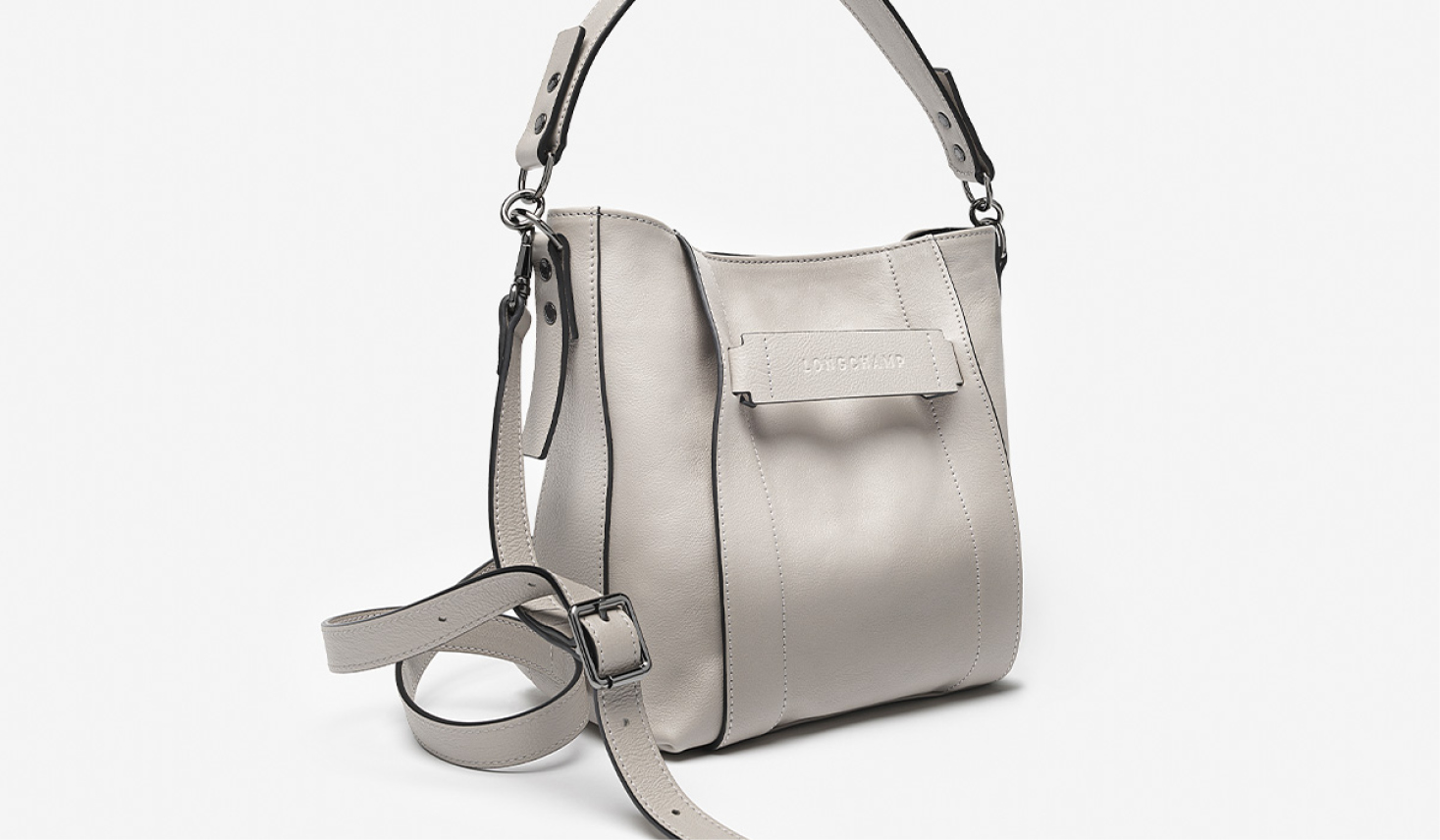
WASHED CALFSKIN
The washed calfskin leather in the Longchamp 3D line is characterised by its exceptionally supple feel and its irregularities in grain and colour.
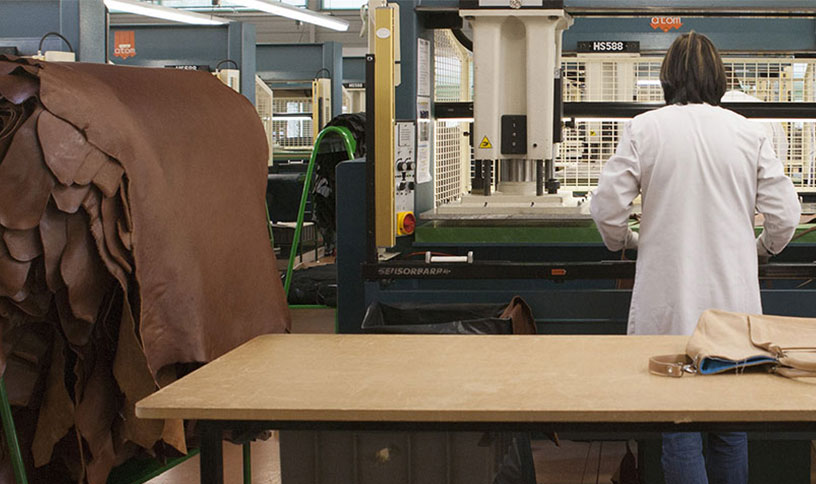
Tanning
Longchamp's partner tanneries use high-performance water treatment systems. Using a circular economy approach, the by-products created during the tanning process are often reused directly by the tannery, or recycled via third parties. Guaranteeing clean and high quality products has always been an essential part of Longchamp's mission. The brand makes every effort to ensure its products are safe and free of any chemicals that could have a harmful effect on its customers' or employees' health.
To support its partner tanneries in the environmental certification process, Longchamp draws on the expertise of an independent body, the Leather Working Group. In 2022, 99% of leather purchases by Longchamp were made from tanneries certified by the LWG, 50% of which were Gold certified, the highest level achievable.
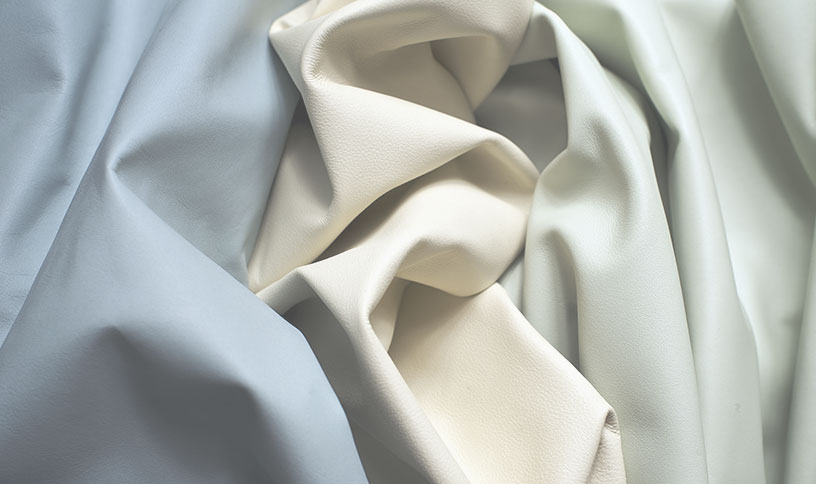
WHERE DOES THE LEATHER USED BY LONGCHAMP COME FROM?
Longchamp’s leathers come from animals raised in Europe, Africa, and South America. Longchamp ensures that related livestock farming does not contribute to deforestation, particularly in the Amazon rainforest. These hides are processed by the best tanners in France, Italy, Portugal, Spain, the Netherlands, England, Uruguay, and Brazil.
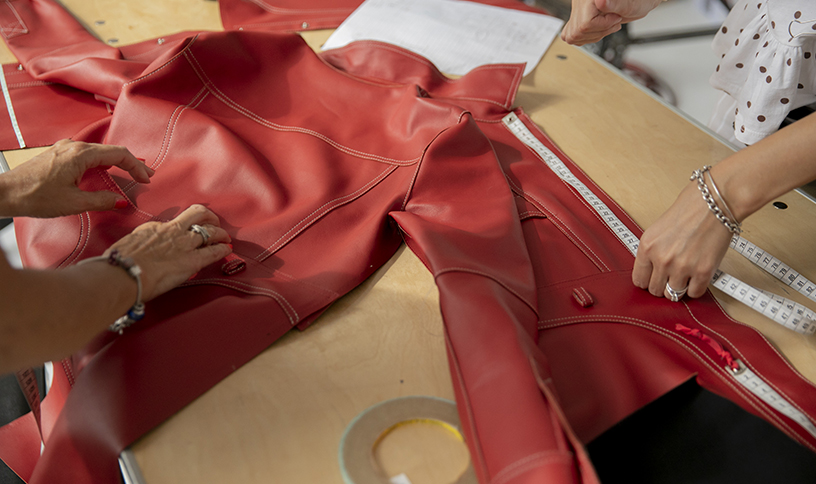
IS THERE FUR IN THE LONGCHAMP COLLECTIONS?
The House no longer uses exotic species or farmed fur-bearing animals in the manufacture of its collections. Biodiversity, wildlife, exotic species, and endangered animals are a concern for Sophie Delafontaine, Artistic Director, who now prohibits their use in the Longchamp collections. The leathers Longchamp uses to manufacture its products exclusively come from animals, both ovine and bovine, primarily intended for food consumption.